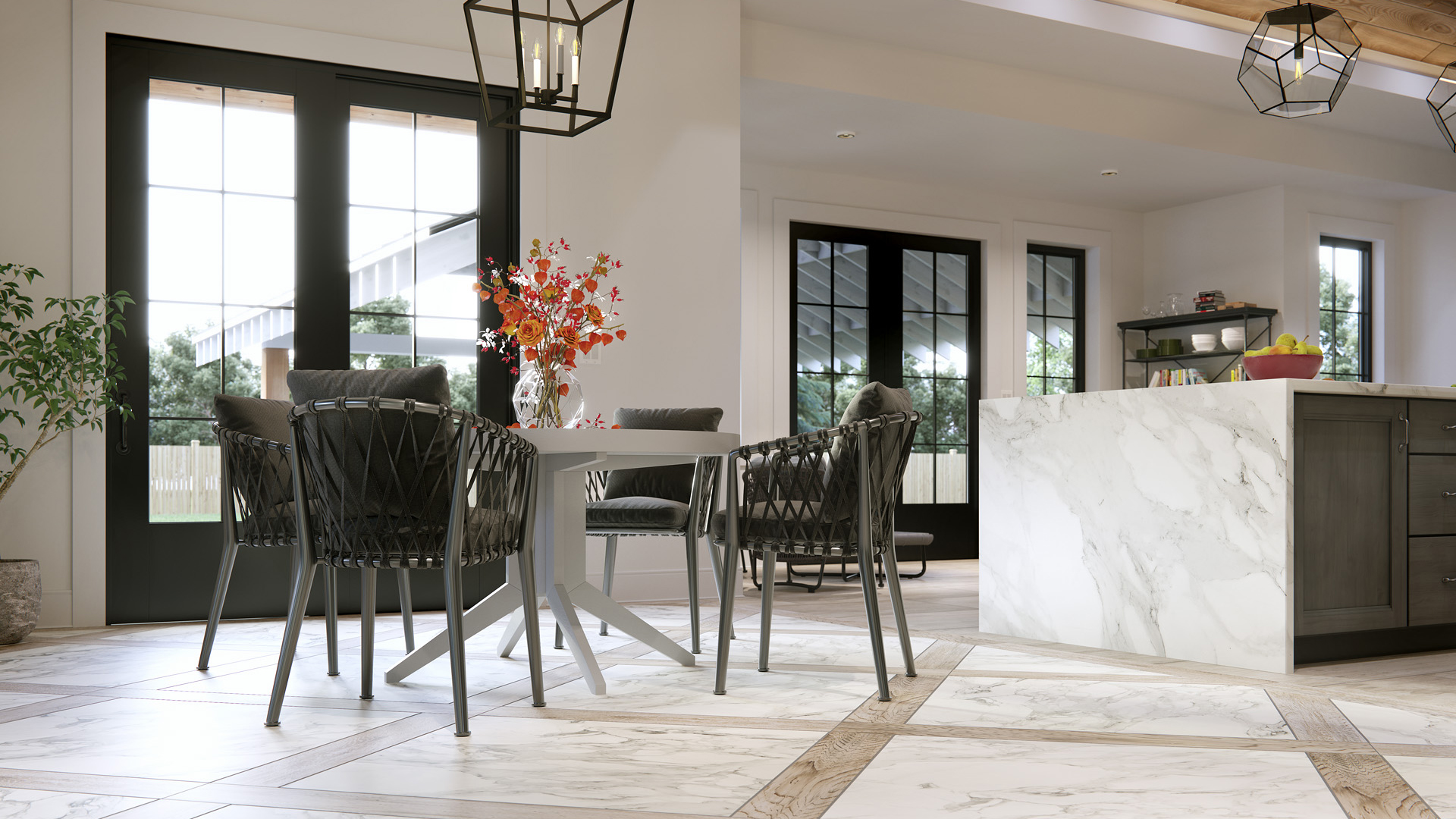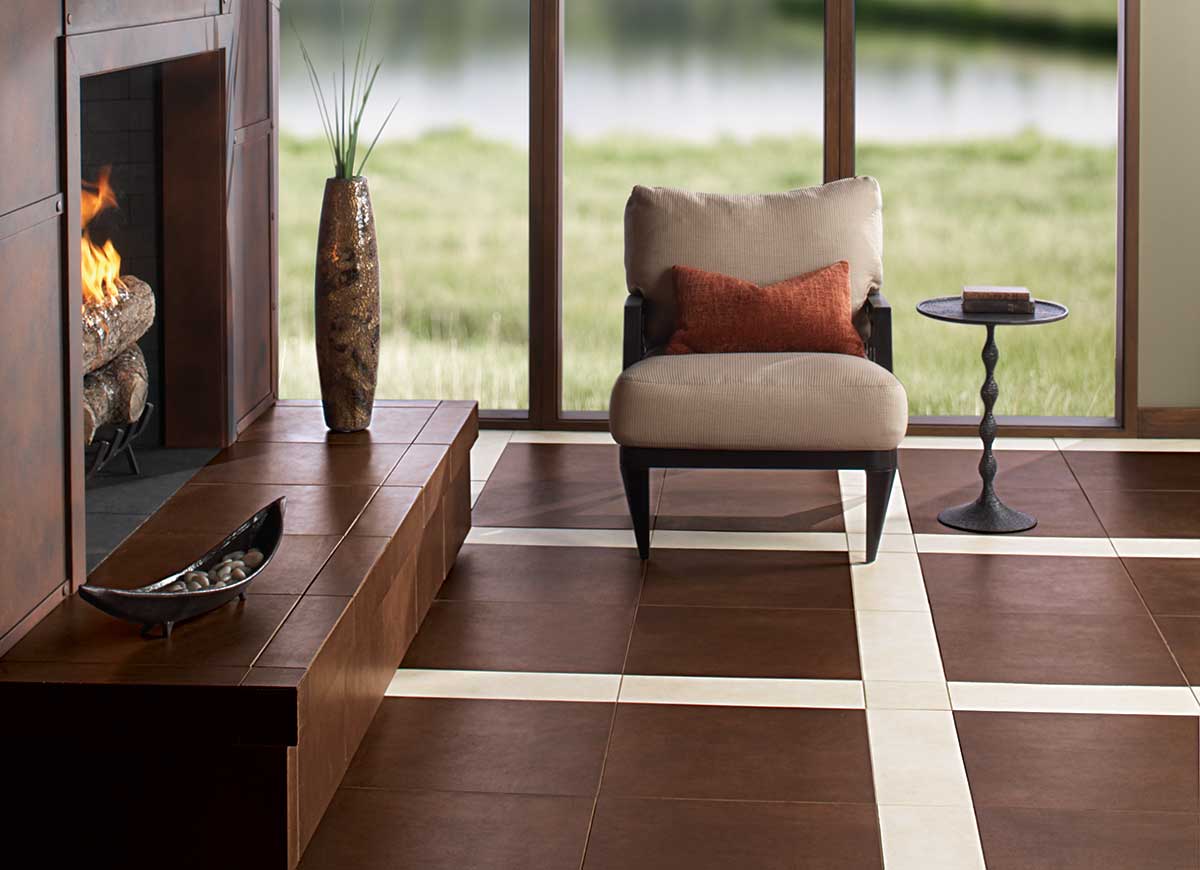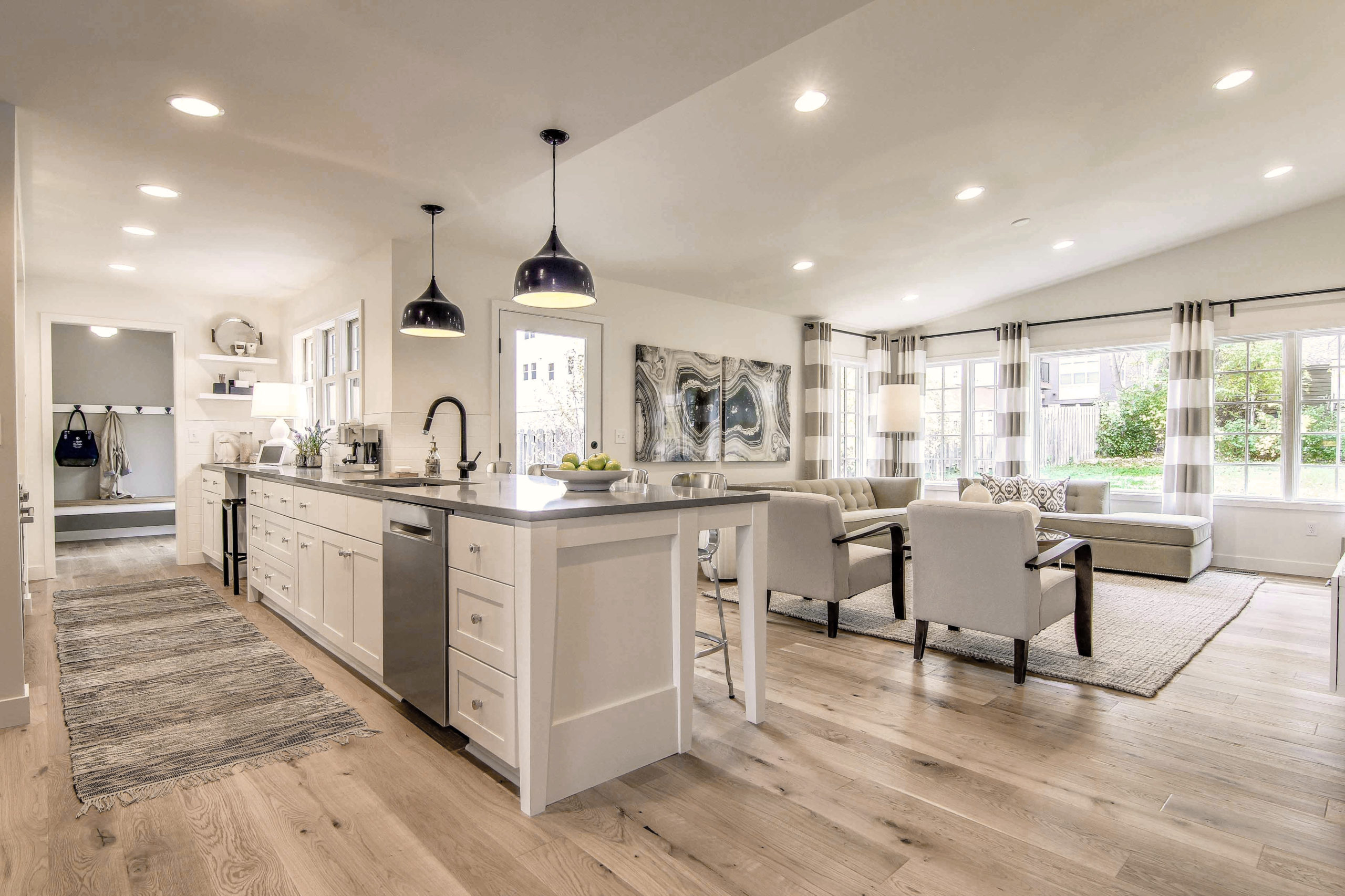Experienced Sales Team
Beautiful Showroom
Competitive Pricing
When getting ready to purchase new flooring, most homeowners feel overwhelmed.
- Wrong product.
- Wrong color or style.
- Ordering enough product.
- Installed correctly.
We do things differently
We believe updating your flooring should be as stress-free as possible and done with a team of experts by your side to help you through the whole process!

Have your perfect floor without the guesswork.
Experienced help
Our sales team has 125+ years of experience to help you find the product, color, and style that fits your home or business.
Free measurements
We come to your home and take care of measuring and ordering all the materials.
Variety of options
Our showroom has the options you need to make an informed decision with our sales team’s help.
Quality installation
Unsure of installation? We can line up an installer for you – and back it up with our 2-year installation warranty!
Best flooring company in town! We got estimates from a number of different flooring stores and none of them compared to Tampa Flooring Gallery. Competitive prices and excellent service! The sales team did a very good job explaining the different type of flooring options.

Stress-free flooring is possible...
1
Visit our showroom
When you work with us, not only do you benefit from our 125+ years of experience in flooring, but you receive personal help in making sure you select the perfect product and color for your lifestage and lifestyle.
Free in-home estimate
We’ll visit your home for free to assist in getting accurate measurements, and provide a thorough assessment of your unique space and specific needs to help minimize possible surprises.
2
3
Skilled installation
Our experienced team of commercial and residential professional flooring installers is comprised of local community members who call the area home – and we back that up with our 2-year installation warranty!
Love your floors
Watch your flooring inspiration become a reality! We’ve built a reputation on always holding old-fashioned values as our guide and strive to treat our customers like family, providing exemplary service at an affordable rate.
4
Wonderful selections, lots of beautiful options, and a very personable team. Our sales person exceeded our expectations. Definitely will be there again for our business!
Visit Tampa Flooring Gallery - your local flooring company.
We know that many people feel overwhelmed by the process of choosing a new floor - whether it’s for their home or business.
The wide variety of options, colors, styles, and product lines mean there are a lot of decisions to make!
That’s why we offer a beautiful showroom staffed with our experienced team - to help your flooring inspiration become a reality without the guesswork or stress!
